The 10 Most Dangerous Freshwater Fish You Need to Avoid
Published: 28 Aug 2025
When most people think of freshwater, they envision peaceful rivers, serene lakes, or gentle streams where danger seems far away. But don’t let the setting fool you—freshwater doesn’t always mean “safe.” Some species that inhabit rivers, lakes, and swamps are among the most hazardous fish in the world. They can bite, sting, shock, or even overpower humans in the wrong circumstances.
In this Article, we’ll explore the 10 most dangerous freshwater fish you need to avoid. Whether you’re a swimmer, diver, or angler, knowing what’s lurking beneath the surface can help you stay safe.
Why Freshwater Fish Can Be Dangerous
| Freshwater Fish Can Be Dangerous |
|---|
Freshwater habitats are home to millions of species. While most are harmless, a select few pose serious risks to humans. Here’s why:
These risks make particular freshwater species as dangerous—if not more so—than many creatures found in the ocean. If you’re curious about the marine side of danger, check out our related post on the Most Dangerous Sea Creatures. |
The 10 Most Dangerous Freshwater Fish You Need to Avoid
1. Piranha
Piranhas are infamous thanks to countless movies that exaggerate their ferocity. While the truth is less dramatic, they are still highly dangerous under the right conditions.
- Why they’re dangerous: Their sharp, triangular teeth and strong jaws allow them to tear through flesh quickly. When food is scarce or when they feel threatened, piranhas may attack in groups, causing serious injuries.
- Risks: Swimmers and fishermen in South America should exercise caution, especially during the dry season when food sources are limited.
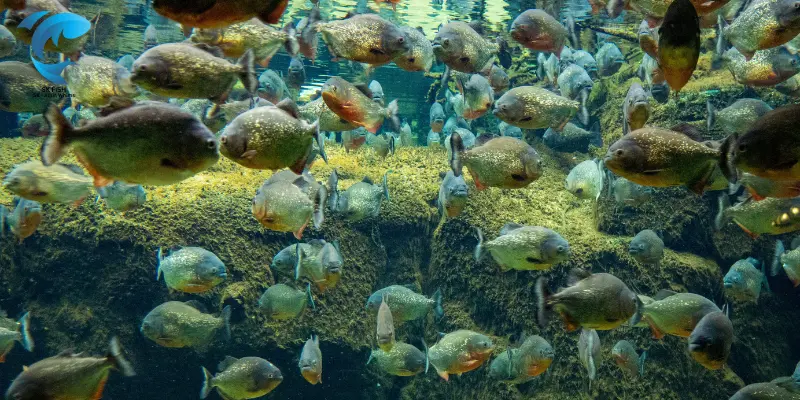
2. Goonch Catfish
The goonch catfish, native to South Asia’s rivers, is not your typical bottom-feeder. Growing up to six feet long and weighing over 200 pounds, this fish has developed a reputation for attacking humans.
- Why they’re dangerous: Their size and predatory instincts make them capable of dragging a person underwater.
- Risks: Some reports from India suggest that goonch catfish may have attacked villagers while they were bathing or fishing in rivers.
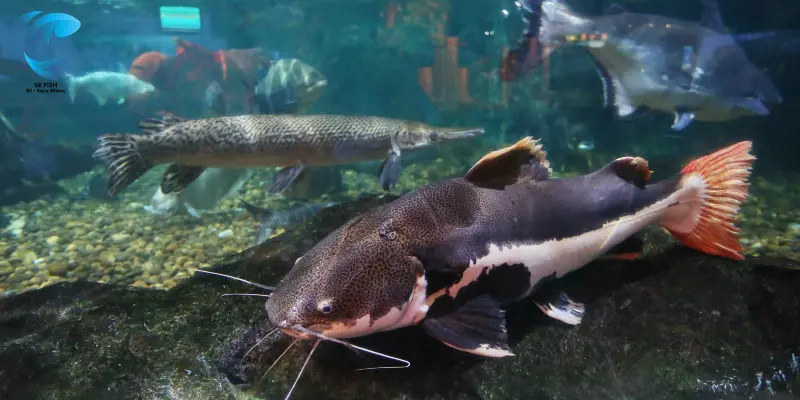
3. Electric Eel
The electric eel is one of the most unique and dangerous freshwater fish on Earth. Despite its name, it’s not a true eel but a knifefish.
- Why they’re dangerous: Electric eels generate shocks up to 600 volts—enough to knock a grown adult unconscious.
- Risks: Multiple shocks in succession can cause respiratory failure or drowning. They are especially hazardous in murky rivers of South America, where visibility is low.
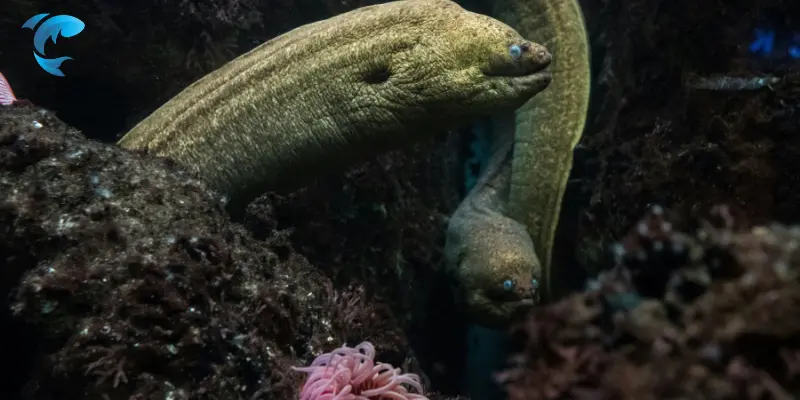
4. Giant Freshwater Stingray
This gentle-looking giant hides a deadly weapon. The giant freshwater stingray, found in Southeast Asia, can grow wider than a car and weigh more than 1,000 pounds.
- Why they’re dangerous: Their long, whip-like tails carry venomous barbs sharp enough to pierce bone.
- Risks: Accidental encounters in shallow rivers can lead to life-threatening injuries.

5. Bull Shark
Perhaps the most notorious freshwater predator, the bull shark is one of the few shark species that can thrive in both saltwater and freshwater.
- Why they’re dangerous: Bull sharks are aggressive, territorial, and responsible for many shark attacks worldwide. They have been spotted in rivers as far inland as Illinois in the United States.
- Risks: Swimmers and anglers should exercise caution in river systems that connect to the ocean.

6. African TigerfishTigerfish
Nicknamed the “piranha of Africa,” the Tigerfish lives up to its fierce reputation.
- Why they’re dangerous: With razor-sharp, interlocking teeth and a powerful bite, Tigerfish are capable of tearing prey apart in seconds.
- Risks: They are aggressive hunters and have even been reported to leap out of the water to snatch birds in flight.
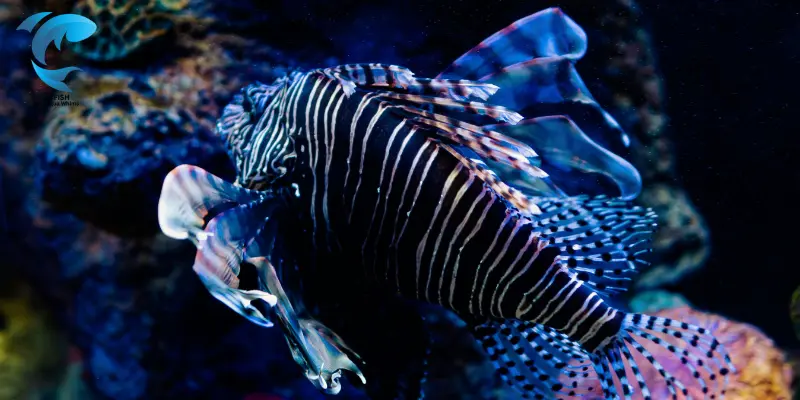
7. Snakehead Fish
The snakehead fish has become infamous not only for its aggression but also for its invasive tendencies in ecosystems worldwide.
- Why they’re dangerous: Known to attack when threatened, snakeheads have strong jaws and sharp teeth. Their ability to breathe air allows them to survive on land for days, making them a difficult species to control.
- Risks: While direct attacks on humans are rare, their aggressive nature and rapid spread make them a danger to ecosystems and potentially to swimmers who get too close.
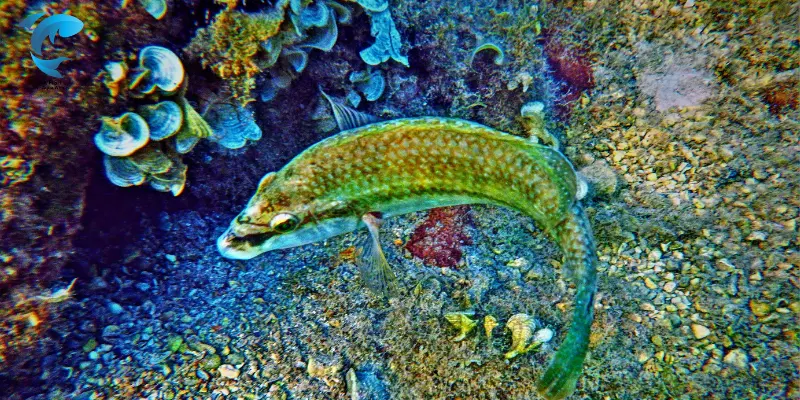
8. Payara (Vampire Fish)
The payara, also called the vampire fish, is native to the Amazon Basin. Its fearsome appearance alone is enough to cause alarm.
- Why they’re dangerous: Payaras have two long, dagger-like fangs that can grow up to six inches. These fangs are designed to pierce prey and hold them in place.
- Risks: Though not commonly a threat to humans, their aggressive feeding strikes can cause serious injuries if someone is unlucky enough to get too close.

9. Wels Catfish
The Wels catfish is a giant species found in European rivers and lakes. They can grow over 10 feet long and weigh more than 600 pounds.
- Why they’re dangerous: Their sheer size allows them to overpower humans. Some reports suggest they may have attacked swimmers in rivers, though these cases remain controversial.
- Risks: Even without direct attacks, their strength poses dangers to anglers and divers who underestimate them.
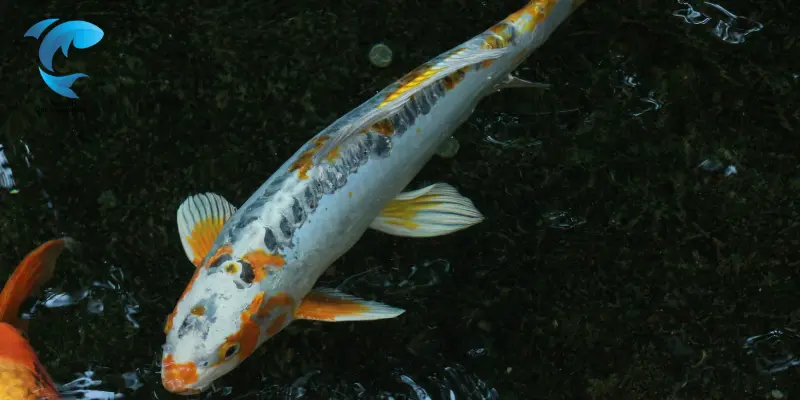
10. Candiru (Vampire Catfish)
The candiru, a small catfish native to the Amazon, is perhaps the most feared fish in folklore.
- Why they’re dangerous: This parasitic fish is notorious for its tendency to invade the human body, usually through bodily openings, though most stories are exaggerated.
- Risks: While rare, documented cases of candiru infestations make them a terrifying possibility for those swimming in the Amazon Basin.

Safety Tips for Swimming and Fishing in Freshwater
Knowing the dangers is only half the battle. Here are some practical tips to reduce risks:
- Avoid murky or remote waters where dangerous species are common.
- Research local wildlife before swimming or fishing in unfamiliar rivers or lakes.
- Wear protective gear, such as water shoes or wetsuits, in regions known for stingrays or catfish.
- Don’t provoke wildlife—most fish only attack when threatened.
- Swim in designated safe areas rather than venturing into wild, unmonitored waters.
Final Thoughts
Freshwater may look calm and inviting, but beneath the surface lie some of the world’s most dangerous fish. From the electric eel’s shocking defense to the bull shark’s aggressive nature, these species remind us that nature commands respect.
By being aware of these risks and following safety practices, you can enjoy freshwater adventures without unnecessary danger. Always remember: respecting wildlife is the key to coexisting safely with it.
👉 Have you ever encountered a dangerous freshwater fish? Please share your experience in the comments, or explore more of our wildlife safety guides.
FAQs: About Dangerous Freshwater Fish
Some of the most dangerous freshwater fish include bull sharks, piranhas, electric eels, giant freshwater stingrays, and African Tigerfish. These species are known for their aggression, powerful bites, and unique defenses.
Yes, particular species, such as the bull shark, electric eel, and giant freshwater stingray, can cause fatal injuries. While rare, attacks or accidents involving these fish can be life-threatening.
Dangerous freshwater fish are found worldwide—in the Amazon River Basin, African rivers, Southeast Asia, and North American lakes and rivers. Each region has unique species that pose risks.
Piranhas are dangerous freshwater fish with sharp teeth and strong jaws, but they rarely attack humans unless provoked or food is scarce. Most attacks are defensive, not predatory.
Swimmers should avoid waters known for their presence of bull sharks, electric eels, stingrays, and piranhas. These species can pose risks due to aggression, electric shocks, or venomous spines.
While many catfish species are harmless, others, such as the goonch catfish and Wels catfish, are considered dangerous due to their massive size and strength, with reports of attacks on humans.

SK Fish is your trusted source for practical fish care tips and delicious seafood recipes. Our team is dedicated to providing reliable, well-researched content for fishing enthusiasts and home cooks alike.

- Be Respectful
- Stay Relevant
- Stay Positive
- True Feedback
- Encourage Discussion
- Avoid Spamming
- No Fake News
- Don't Copy-Paste
- No Personal Attacks



- Be Respectful
- Stay Relevant
- Stay Positive
- True Feedback
- Encourage Discussion
- Avoid Spamming
- No Fake News
- Don't Copy-Paste
- No Personal Attacks
![Discover the Truth: How Long Does It Take for Guppies to Breed? [Expert Tips Inside] - Post Thumbnail](https://skfish.com/wp-content/uploads/guppy-how-to-breed-100x67.webp)




